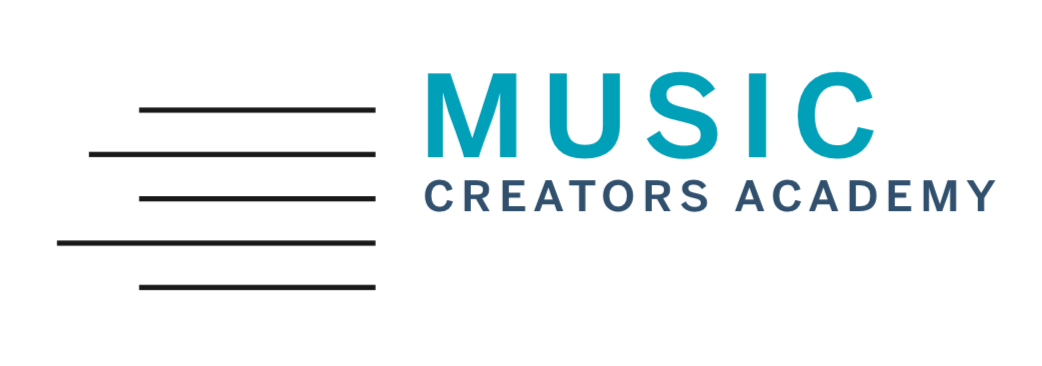“Dearly Beloved” - Analysis of the Kingdom Hearts Title Screen Track
Author: Ty Bloomfield
Personally, one of my favorite tracks is the delicate and nostalgic “Dearly Beloved” from the Kingdom Hearts soundtrack. Composed by Yoko Shimomura, this piece is easily one of the most recognizable and favorite tunes in the franchise’s history, Sporting only four unique chords and no chromaticism, Shimomura utilizes several other compositional techniques such as registers and inversions to create the most dynamic piece of music possible.
First, let’s take a look at some important information. First, this melody is in E-flat major. Also, note the “8va” symbol and line above the treble clef staff. This symbol, known as an ottava, means everything in that staff should be played an octave above where it is written.
The first measure is comprised of only four notes - Ab, C, Eb, and G - which clearly indicates it is an Ab major 7 chord. Although the piece is in Eb major, it is not uncommon for some works to not begin on its root chord. In the second measure, the 11th and 13th (D and F respectively) are added to provide additional color.
In the third and fourth measures, the melody is repeated verbatim, but a Bb chord is outlined in the bass staff. In fact, the entire bass line from measures 1-2 is copied and shifted up one note to outline the Bb chord. The Bb chord resolves to the Eb chord in measure 5. From here, we stay on the Eb chord for four measures while the melody changes slightly.
The chord progression used is Ab-Bb-Eb, also known as a IV-V-I. This is one of the most popular chord progressions used in all music. Give it a try in your music
Although the first four measures are the same (in Ab and Bb), the final four provide a slight color change. Instead of the Eb chord, Shimomura replaces it with the C minor chord (made of C-Eb-G). Opposed to the major chords previously used, this sudden minor chord shifts the mood from delightful to sorrowful (just from changing only 1 note!).
While the chord progressions used are among the most simple and common in the industry, the rhythms used are even less complex. Shimomura reuses the same pattern throughout each phrase, seen below.
Even though this piece is not complicated rhythmically and harmonically, this is actually a good trait. By keeping the original version of “Dearly Beloved” simple, Shimomura has allowed himself room to reuse this piece over and over again over many years. Check out this video with 16 different versions of “Dearly Beloved” created over the Kingdom Hearts franchise! Listen to how they change instruments and add other melodies to this piece making it even more special.



